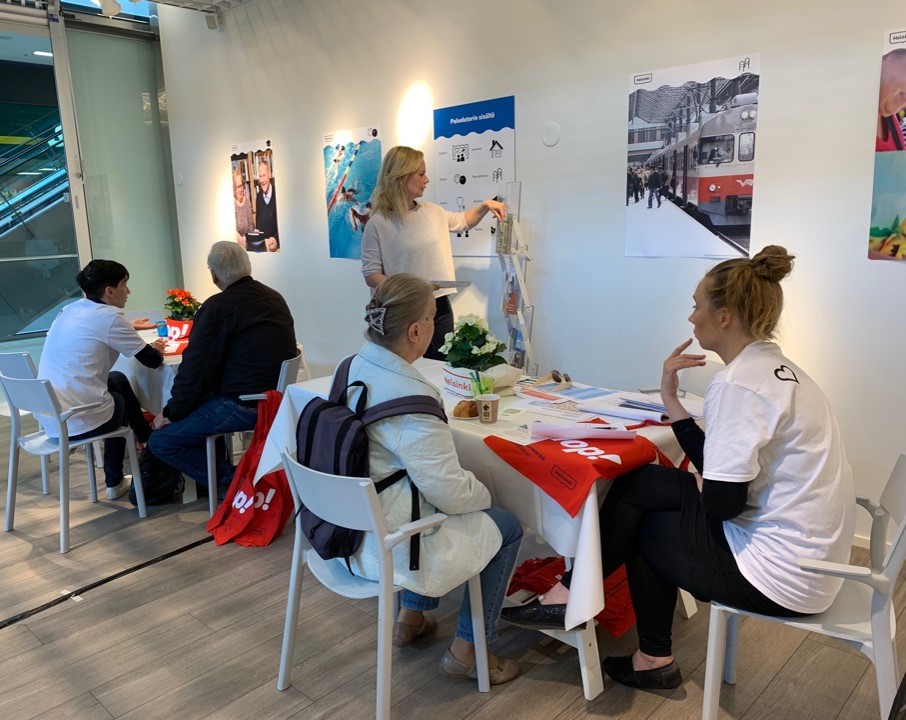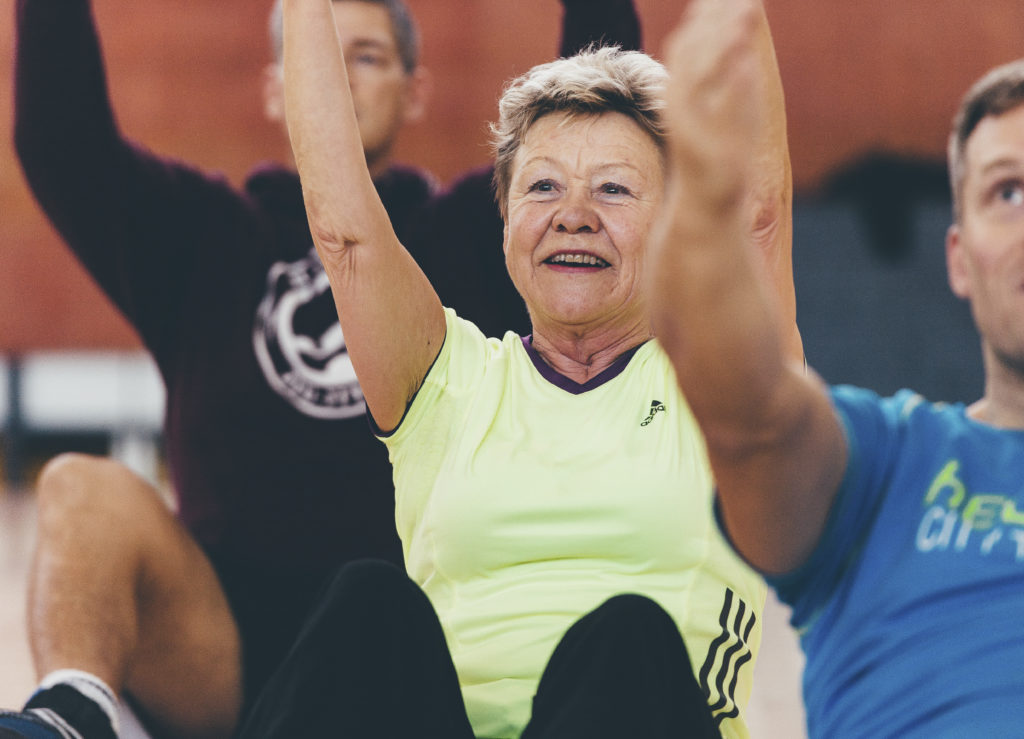The role and power of cities to solve socially meaningful challenges will grow with urbanization. This will require novel thinking and cooperation across organizational boundaries within cities. Design can provide functional tools for this process.
Design has been used to solve a range of challenges in Helsinki, including physical activity for older adults as part of the Helsinki Physical Activity Programme. The Physical Activity for Older Adults project was implemented with support from an innovation programme of Bloomberg Philanthropies and Harvard University. Helsinki was admitted to this programme as the first European city.
Design makes obstacles to everyday physical activity visible
The number of Helsinki residents aged 65 and older will grow from 108,000 to 170,000 by 2050. Physical activity is important for people of all ages, but the importance of physical activity increases with age. Only a small percentage of older Helsinki residents move enough for their health.
The goal of the project was to understand obstacles for physical activity more thoroughly than before and to tackle the fundamental reasons for inactivity rather than symptoms.
The City was supported by design experts and utilized design methods.

New ideas formed in cooperation with older adults
More than one hundred older adults were interviewed at the beginning of the project, in order to ensure that challenges related to physical activity were understood thoroughly and by hearing the experiences of older adults. Despite the City’s extensive network of services, it was discovered in the interviews that it was difficult for older adults to find information about services and that older adults need social support to engage in physical activity.
The research challenge was defined as the work progressed
- How can we ensure that it is easy and appealing for every older adult to leave their homes daily to be physically active?
- How could the social network of older adults and professionals working with older adults support them increasingly powerfully with messages and actions to be physically active, taking into consideration individual differences in older adults’ functional capacity, motivation and interests?
As the project progressed, the concept of activity expanded to embrace all social activity, and physical activity services were seen as only one opportunity to stay active.
The outcome was prototypes and rapid experiments
Ideas for new solutions were formed together with the Physical Activity network and with older adults. Co-creation workshops produced a total of 825 ideas for the social network of older adults to support their physical activity.
The ideas were worked into two prototypes to be tested with users:
- A physical activity guide, who encourages older adults to be physically active and who removes obstacles for being active.
- A physical activity service centre that provides information on local physical activity offerings and where customers can discuss matters related to their activity with experts.

Those actions were defined as important for the future that would
- clarify marketing and communication targeting older adults,
- increase regional cooperation among the public, private and third sectors,
- provide support for older adults with weakened functional capacity, and
- create opportunities for voluntary work.
The experiences and ideas from the project have been included in the Helsinki Physical Activity Programme.
International cooperation produced tools for solving meaningful challenges
The Physical Activity for Older Adults design process was implemented as part of an innovation programme of Bloomberg Philanthropies and Harvard University. Helsinki was the first European city to participate in the programme.
The goal of the project was to strengthen expertise in the principles and methods of user-oriented service development in the City of Helsinki organization. The premise was to spread the lessons of the coaching programme extensively across organizational boundaries to benefit service development.
A team of 11 members was named to participate in the innovation programme, comprising representatives of every City division. The team members included employees working with older adults, strategic development duties, digital services, land use planning, home care for older adults, and the everyday accessibility of culture and leisure services.
The innovation programme was based on design thinking, which provided the programme with a human-centred and forward-looking manner to approach multi-faceted challenges, such as physical activity for older adults.
Lessons learned from the Harvard University innovation programme
- The programme provided a model and tools to approach major social challenges from the human perspective.
- Thorough understanding of users and the challenge is key to success.
- A multidisciplinary approach produces new ideas for solving problems.
- People learn rapidly by experimenting, so inputs in experimenting yield results.
Photos: Aki Rask, Katja Tähkä, Meri Virta

